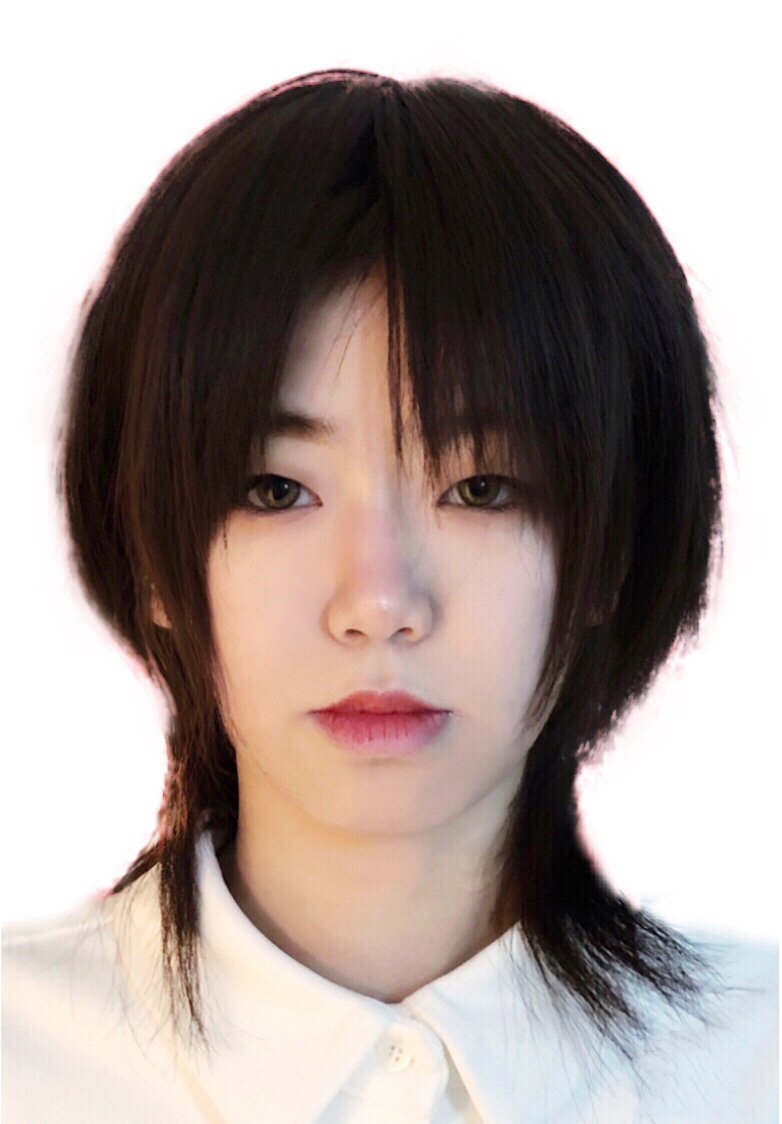Meet Bingbing Bai, Sustainable Trailblazer Award Winner at GFW22. She studied at Fashion Design at Kingston School of Art.
How do you feel about winning a GFW22 award?
First of all, I would like to thank GFW for being tolerant and open for giving me this opportunity, as well as my tutors for their support and guidance. I am very glad to share my work with the judges, and it is a great honor to be recognized by everyone. This award is a great affirmation for me that I will be more motivated in sustainable design, which is a great start for my future.
What was the inspiration starting point for your award-winning FMP?
Patterned old cloth is a childhood memory of most of China's post-1970s and post-1980s generations. Up to now, only a few stores still retain the old items of years, most of which are discontinued and unsalable inventory. These old cloth not only contain the emotion of the previous generation, but also epitomize the life of ordinary people under the social and economic development at that time.
What skills did you learn and develop during the production of your FMP?
Focusing on the comfort of materials and tailoring, the step-by-step production process reflects the spirit of craftsmanship. Providing repair services and implementing the concept of sustainability in product tags and packaging, proposes a unique heritage of ancient craftsmanship.
What were some challenges that you faced in producing your FMP and how did you overcome these?
From September 2021 to the present, I have been studying the impacts on people and planet of fashion system and then mitigations or responses to it which in the sustainability group led by Sass Brown, such as looking at the impacts of various types of fabrications. Then I read Papanek’s book and learnt his system independently.
Are there any messages or major themes in your FMP that you want people to take away? If so, how did you choose to communicate them?
My FMP is committed to guiding people to pay attention to the small things around them, giving them higher meaning, and making sustainability a habit.
What is an aspect of the fashion industry that you want to help improve or have a positive impact on?
I’ve been paying attention to product packaging waste and sustainability issues for the past year. I really admire papanek's The Green Imperative. From the selection of raw materials, it considers secondary recycling and low pollution issues, then encourages the efficient and environmental protection of the entire design process. I hope that the concept of sustainability can arouse more social attention through fashion influencers.
What form does your FMP take? Is it a collection of clothing, book, presentation, etc? If relevant, how did you source the materials for the project?
I chose to use the method of subtractive cutting to reduce waste in production, combining the nostalgia for old things with the theory of Design for a safe future.
Meanwhile using linen, undyed cotton cloth and handkerchiefs and blankets that were discontinued in production in China in the 1980s to make the double-sided handmade embroidered kantha Patchwork. These were all textured with hand stitched stitches to present the texture and retain the original charm of the fabric.
What are your plans for the near future (further study/ internship/ work?) now that you've finished your BA?
I will continue my postgraduate studies in Sustainable fashion: Business and Practice at Kingston. In this important year, Sass will still be my tutor, I really enjoy working with her, and I hope that through the next study could broaden my way of thinking about problems and issues access to larger platforms, resources and diversified cooperation at the beginning of graduation.
In the next five years after returning to China, I would like to have a more mature integration of sustainable lifestyles and visions with management systems. Thereby being more confident based on fashion, I expect to inspire more surprises and potential creativity to create my own store and brand.












